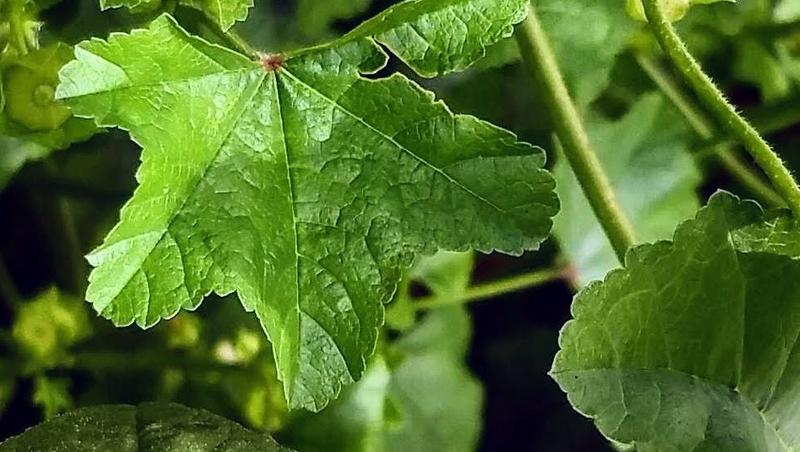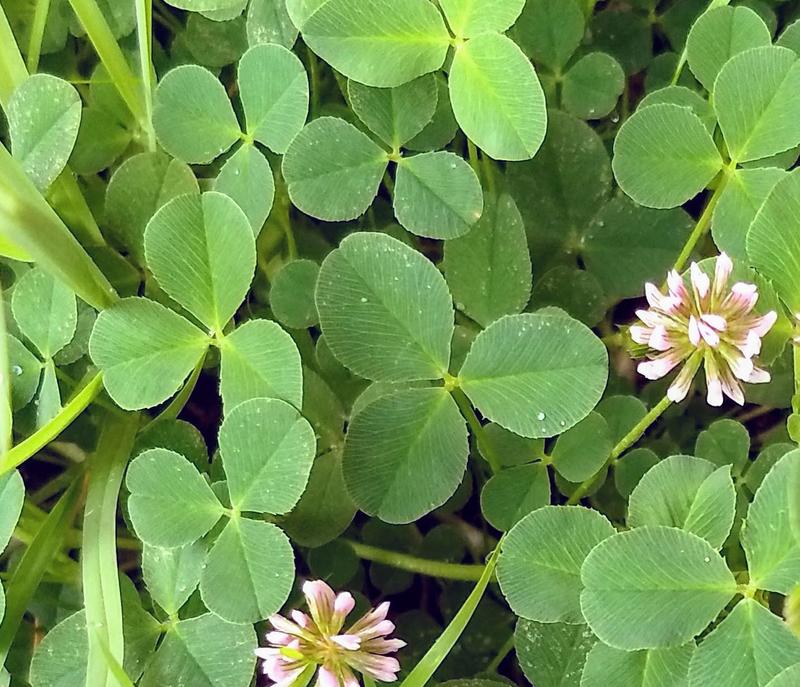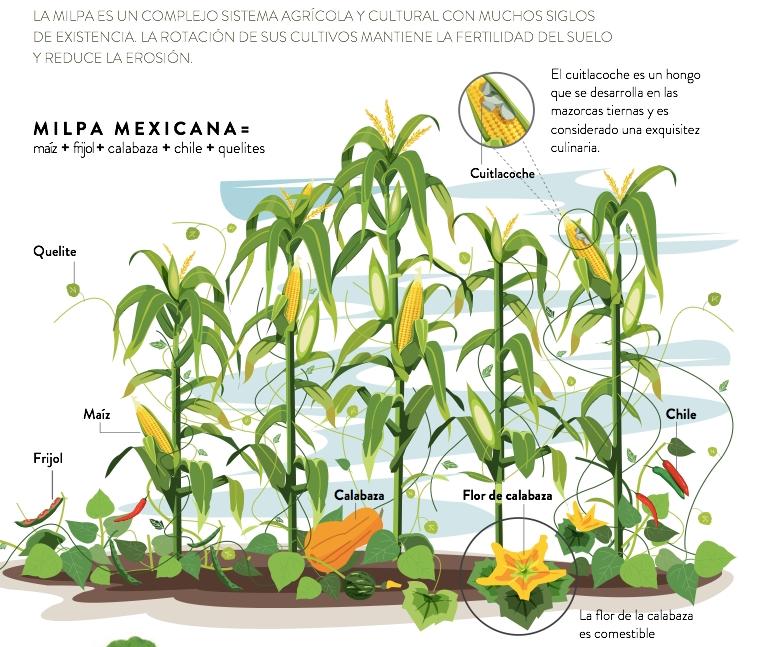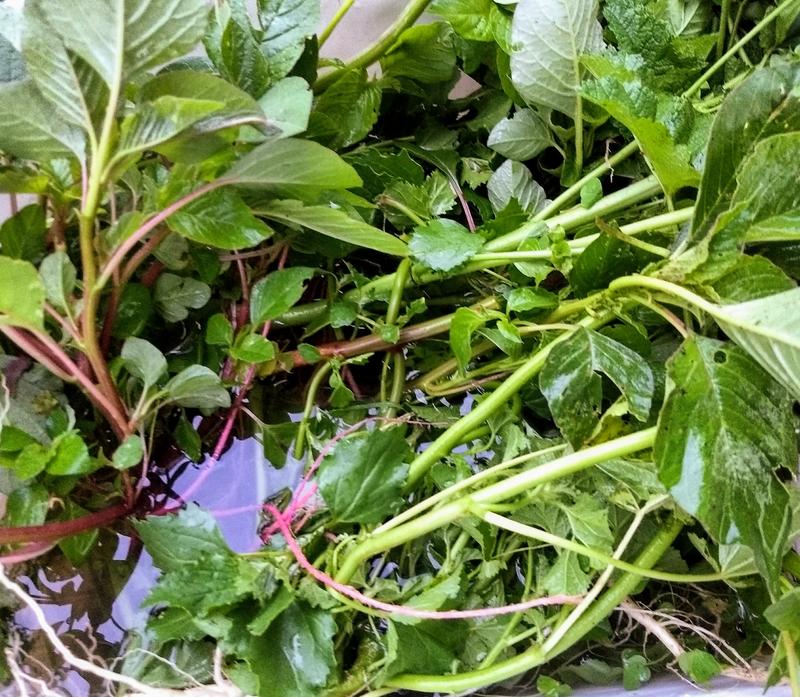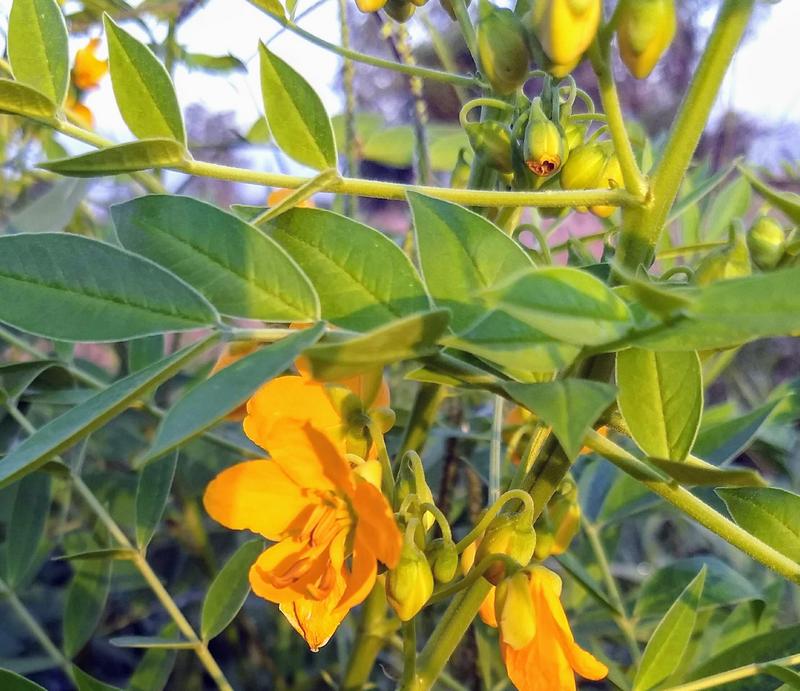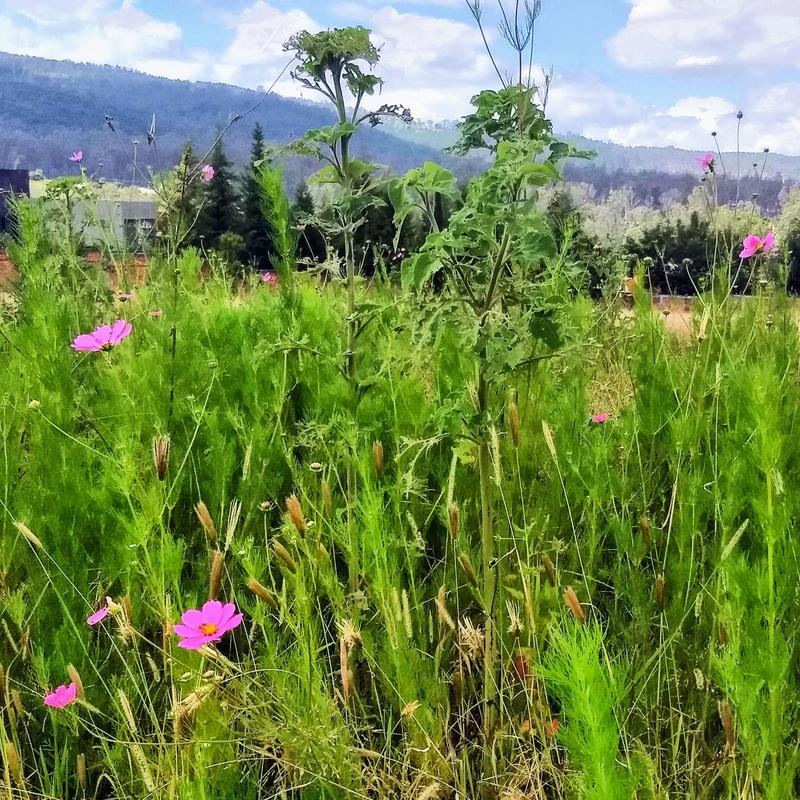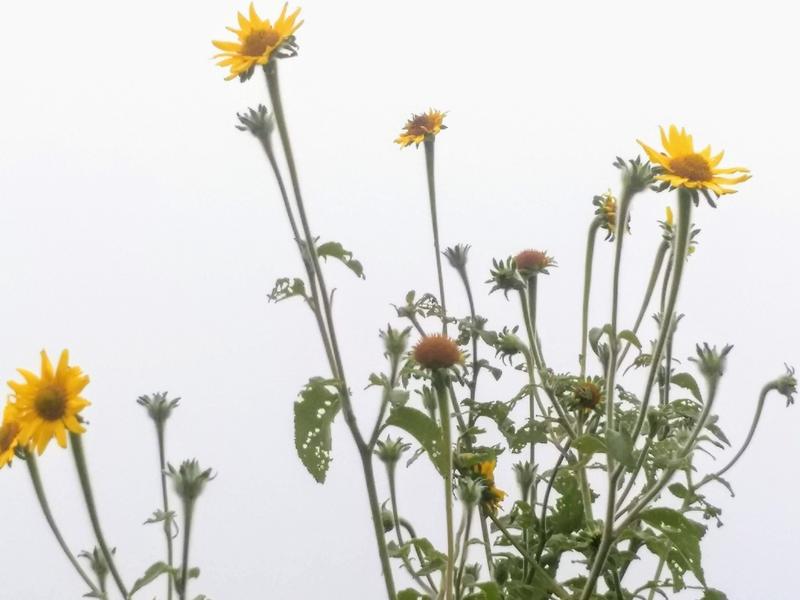
Quelites
What grows in the semi-arid climate and depleted soil of El Terreno? Weeds. What’s a weed, really? A plant in a place you don’t want. But if you can figure out how to use it, these weeds are our hope for the future! These are the plants with resilience, plants adapting to changing climate, plants that tough out drought and frost.
We’ve been eating many of the same plants we can eat in the US:
We don’t have dandelion, though we’ve seen it a couple times in Morelia. We do have thistle, but I don’t find it worth it when the rest of these plants are so gentle on my fingers. I hope we’ll get home to enough sunflower seeds to eat, but the grasshoppers and leafhoppers lived on our hundreds of wild sunflower this fall.
Here they could all be called quelites which can be a general term for wild edibles, or used specifically for certain greens that grow independently (and are also cultivated).
One popular traditional quelite is chepil or chipilin which is used in soup or tamales and is a rising star in fancy US restaurants. It’s supposed to grow wildly in Central America but I haven’t found any yet - though for awhile I really hoped we had some in El Terreno and on the hillsides. Eventually I had to admit that it’s hairy senna, or some senna.
I highly recommend The Wild Wisdom of Weeds: 13 Essential Plants for Human Survival because the 13 plants she describes grow on every continent (but Antartica) and in nearly every country. Author Katrina Blair shares recipes and ideas for body care, too.
Mostly we’ve eaten these weeds fresh, occasionally pickled (stems, esp) and we dry them for adding to pancakes or tea.
Consider the lilies and cosmos of the field, how they grow; they neither toil nor spin and like waking up to a dusting of manna, a feast awaits us without sweat, storing, or stress.
Matthew 6:28
2 Comments:
November 10, 2018
SO many pretty things!!!!
December 09, 2018
Yum!
